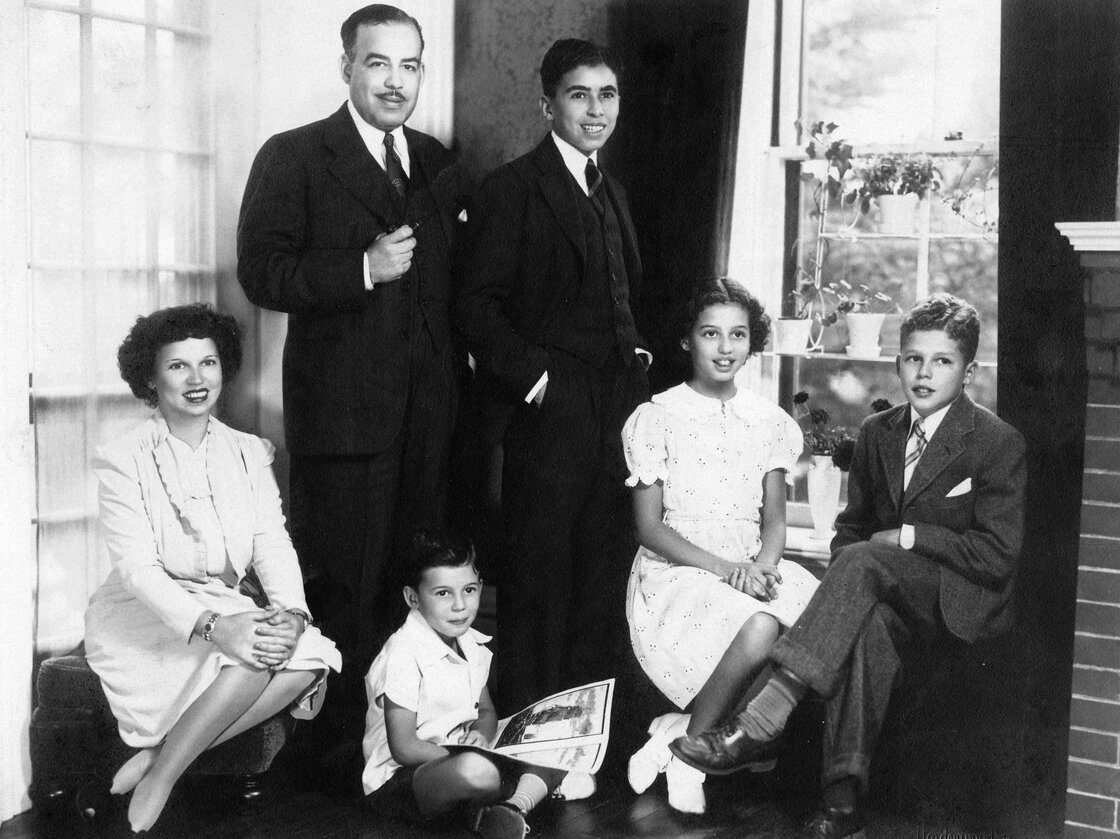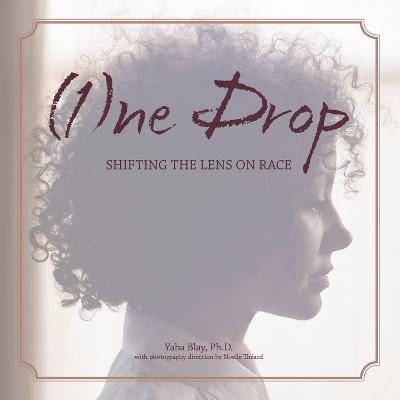Human genetic research, race, ethnicity and the labeling of populations: recommendations based on an interdisciplinary workshop in Japan
BMC Medical Ethics
Volume 15, Issue 1, December 2014
DOI: 10.1186/1472-6939-15-33
Yasuko Takezawa, Kazuto Kato, Hiroki Oota, Timothy Caulfield, Akihiro Fujimoto, Shunwa Honda, Naoyuki Kamatani, Shoji Kawamura, Kohei Kawashima, Ryosuke Kimura, Hiromi Matsumae, Ayako Saito, Patrick E Savage, Noriko Seguchi, Keiko Shimizu, Satoshi Terao, Yumi Yamaguchi-Kabata, Akira Yasukouchi, Minoru Yoneda, Katsushi Tokunaga
Background
A challenge in human genome research is how to describe the populations being studied. The use of improper and/or imprecise terms has the potential to both generate and reinforce prejudices and to diminish the clinical value of the research. The issue of population descriptors has not attracted enough academic attention outside North America and Europe. In January 2012, we held a two-day workshop, the first of its kind in Japan, to engage in interdisciplinary dialogue between scholars in the humanities, social sciences, medical sciences, and genetics to begin an ongoing discussion of the social and ethical issues associated with population descriptors.
Discussion
Through the interdisciplinary dialogue, we confirmed that the issue of race, ethnicity and genetic research has not been extensively discussed in certain Asian communities and other regions. We have found, for example, the continued use of the problematic term, “Mongoloid” or continental terms such as “European,” “African,” and “Asian,” as population descriptors in genetic studies. We, therefore, introduce guidelines for reporting human genetic studies aimed at scientists and researchers in these regions.
Conclusion
We need to anticipate the various potential social and ethical problems entailed in population descriptors. Scientists have a social responsibility to convey their research findings outside of their communities as accurately as possible, and to consider how the public may perceive and respond to the descriptors that appear in research papers and media articles.
…Another example of the challenges associated with the use of population descriptors can be found in the frequent use of the terms European, African, and Asian. These continental terms are tremendously broad in scope. At the Tokyo meeting, for example, it was noted that even among the Japanese researchers, there was no unitary understanding of what populations should be considered “Asian.”
More importantly, these terms can, in some contexts, be interpreted as referring to white, black, and Asian, the three classic, and socially constructed “races.” There continues to be a great deal of academic work that highlights the degree to which these broad “racial” categories are, in reality, social constructs. Although we should not overlook the correlation between “race” and socio-economic inequality involving factors such as health care and medical care, such discussion has usually arisen within the context of some North American and European societies. However, outside of these societies, the divergence between samples and population descriptors is also problematic. When the actual samples in the name of “European”, “African”, and “Asian” are taken from certain limited groups, without taking into account significant diversity within each region, it is unlikely that such broad terms have any scientific meaning, at least from the perspective of genetics on the global level. Moreover, the research results may be taken as supporting the classic “racial” categories, with any discovered “differences” misinterpreted as genetically determined “racial differences.”
The importance of the distinction between race and ethnicity cannot be overemphasized as the latter pays close attention to (presumably) shared cultural factors such as language, diet, and religion. When considering the contribution of environmental as well as genetic factors to diversity within each continental region, the scientific validity of the use of such broad terms to describe samples becomes even more questionable…
…The above study highlights that even populations traditionally presumed to have a high degree of homogeneity may have local genetic differentiations, that make the use of broader population terms less scientifically or clinically relevant. Researchers should strive to select terms that, as much as possible, reflect the sample population and nature of each study. Since genetic subpopulation structure is still generally unknown, sampling without considering the specifics of the subject population could cause false positive results on risk alleles of diseases. In addition, differences in whole genome sequences between individuals belonging to different populations should not be overgeneralized and misinterpreted as population differences…
Read the entire article here.


